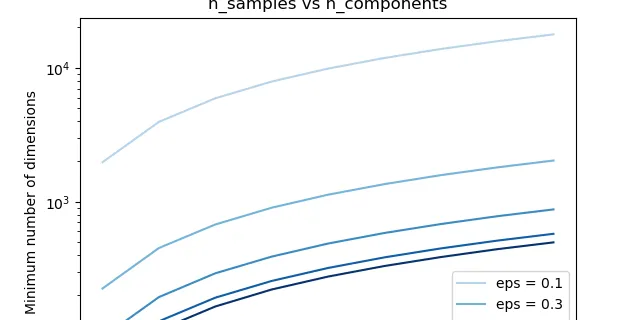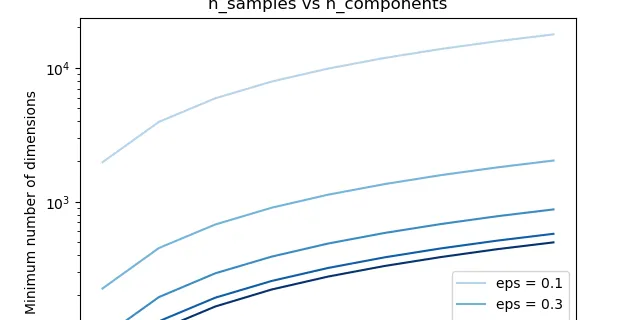Random Projection
Random Projection is a dimensionality reduction technique that allows high-dimensional data to be embedded into a lower-dimensional space while preserving the pairwise distances between data points. This method leverages the Johnson-Lindenstrauss lemma, which asserts that a small set of points in high-dimensional space can be projected into a lower-dimensional space with minimal distortion. Random Projection is computationally efficient and can be implemented using various types of random matrices, such as Gaussian or sparse matrices. It is particularly useful in scenarios where speed and memory efficiency are critical, making it a popular choice in machine learning and data analysis applications.

6.6. Random Projection
The sklearn.random_projection module implements a simple and computationally efficient way to reduce the dimensionality of the data by trading a controlled amount of accuracy (as additional varianc......
📚 Read more at Scikit-learn User Guide🔎 Find similar documents

The Johnson-Lindenstrauss bound for embedding with random projections
The Johnson-Lindenstrauss bound for embedding with random projections The Johnson-Lindenstrauss lemma states that any high dimensional dataset can be randomly projected into a lower dimensional Euclid...
📚 Read more at Scikit-learn Examples🔎 Find similar documents

